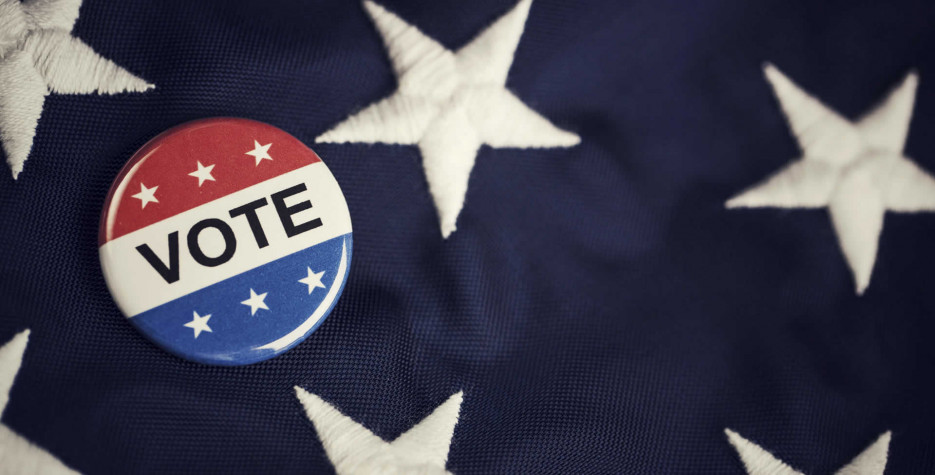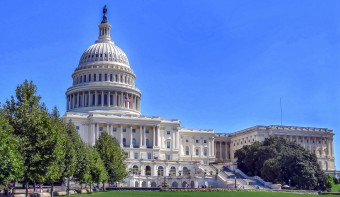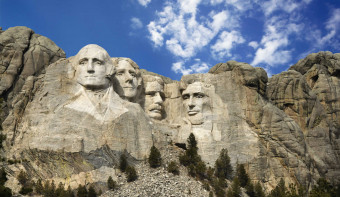About National Lame Duck Day
A lame duck is an elected official who is approaching the end of his or her term in office, and where the successor has already been elected.
In American politics, the period between the elections in November and the inauguration of officials early in the following year is commonly called the "lame duck period". A president is a lame duck after a successor has been elected.
Until 1933, inaugurations occurred on March 4th. Congress usually had two sessions, the second of which was usually held from the December after the election of the next Congress until March. This session was commonly called the "lame duck session".
This changed in 1933 with the 20th Amendment which changed the Presidential inauguration day as well as the first day for new Congressional representatives. Although the 20th Amendment was ratified January 23rd, it was announced publically on February 6th, 1933. The amendment prevented lengthy lame-duck sessions, such as the one that occurred between the 1860 election and Abraham Lincoln’s inauguration.
The phrase lame duck was coined in the 18th century at the London Stock Exchange, to refer to a stockbroker who defaulted on his debts. In the literal sense, it refers to a duck which is unable to keep up with its flock, making it a target for predators.
The first known mention of the term in writing was made by Horace Walpole, in a letter of 1761 to Sir Horace Mann: 'Do you know what a Bull and a Bear and Lame Duck are?' In 1791 Mary Berry wrote of the Duchess of Devonshire's loss of L50,000 in stocks, 'the conversation of the town' that her name was to be 'posted up as a lame duck'.
Similar Observances
Whistleblower Appreciation Day
Read More
National Veep Day
Read More
National Presidential Joke Day
Read More
Constitution Day and Citizenship Day
Read More
Other Observances on February 6th 2026
Wear Red Day
Read More










